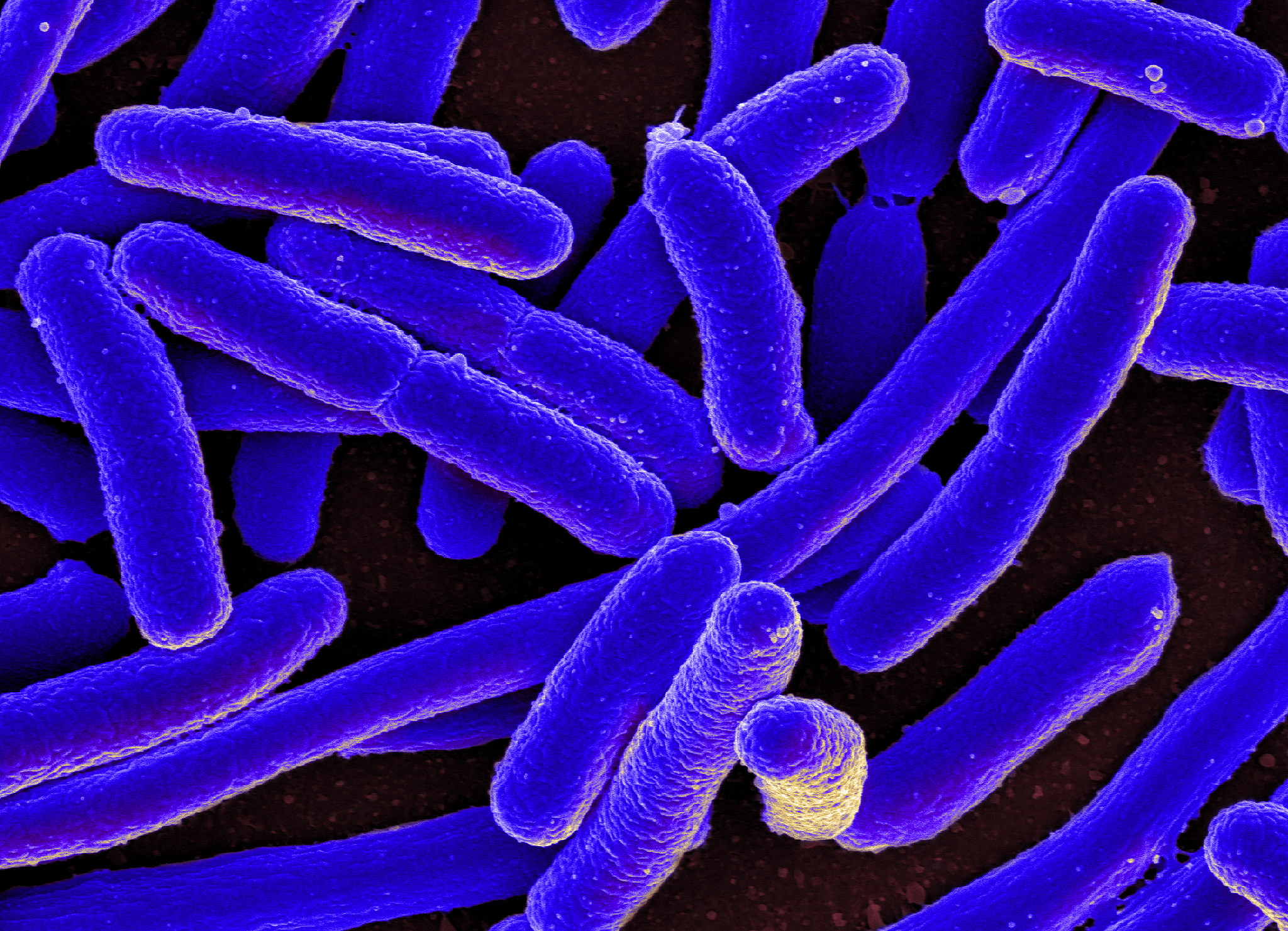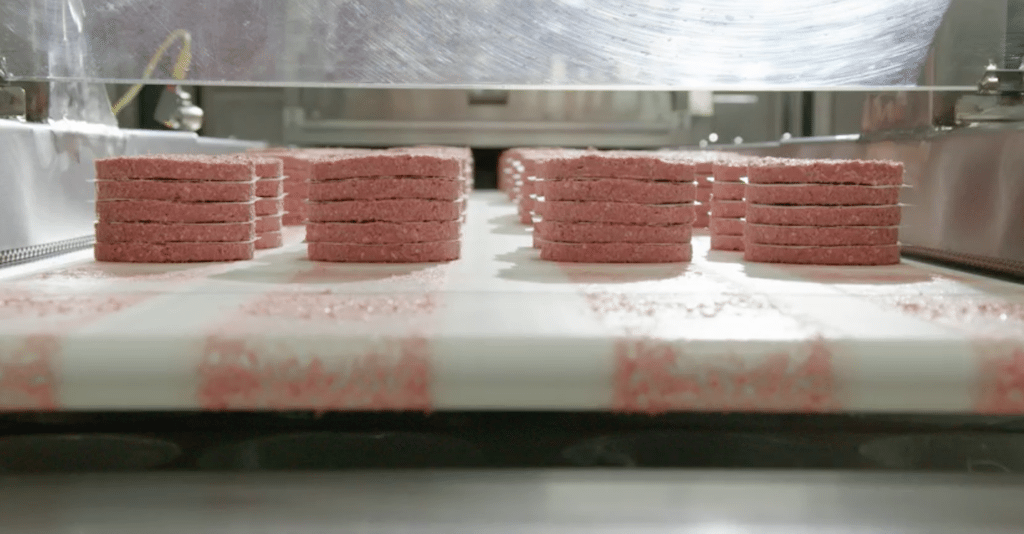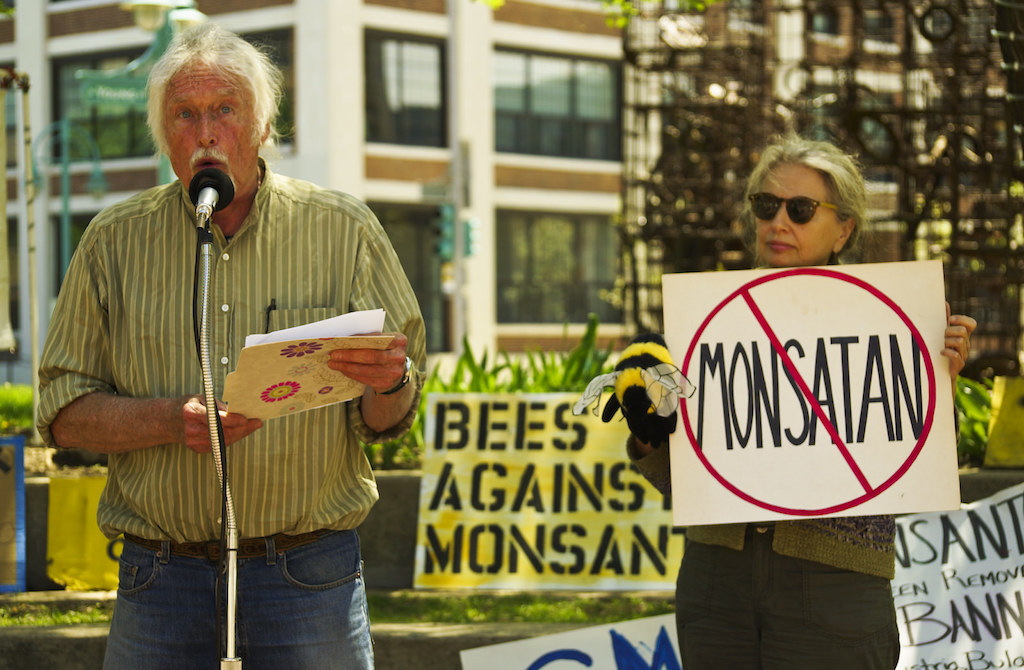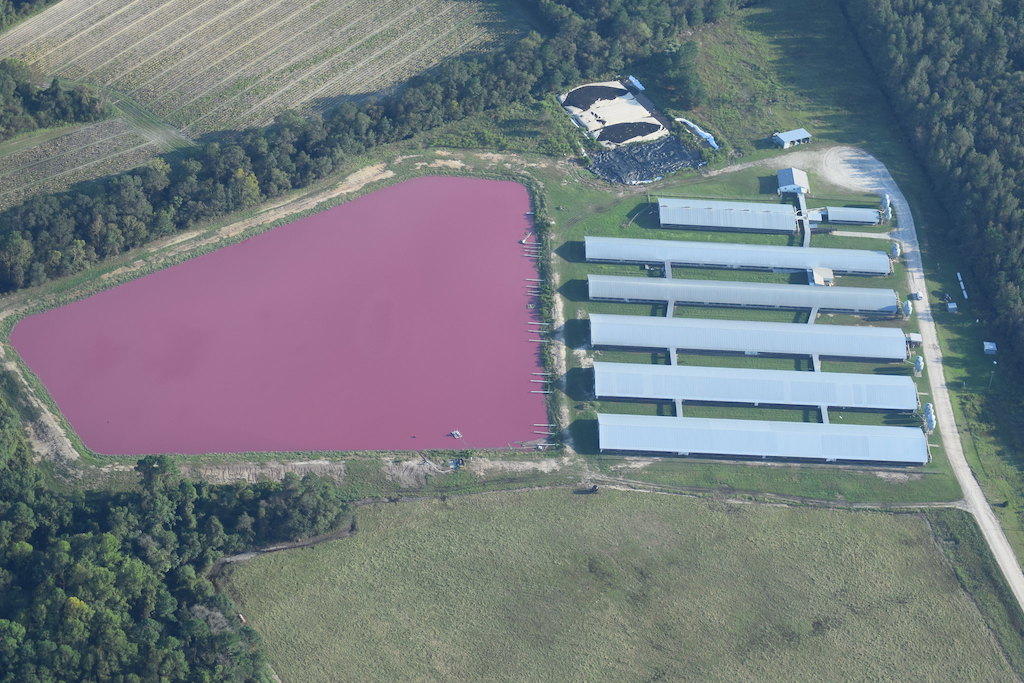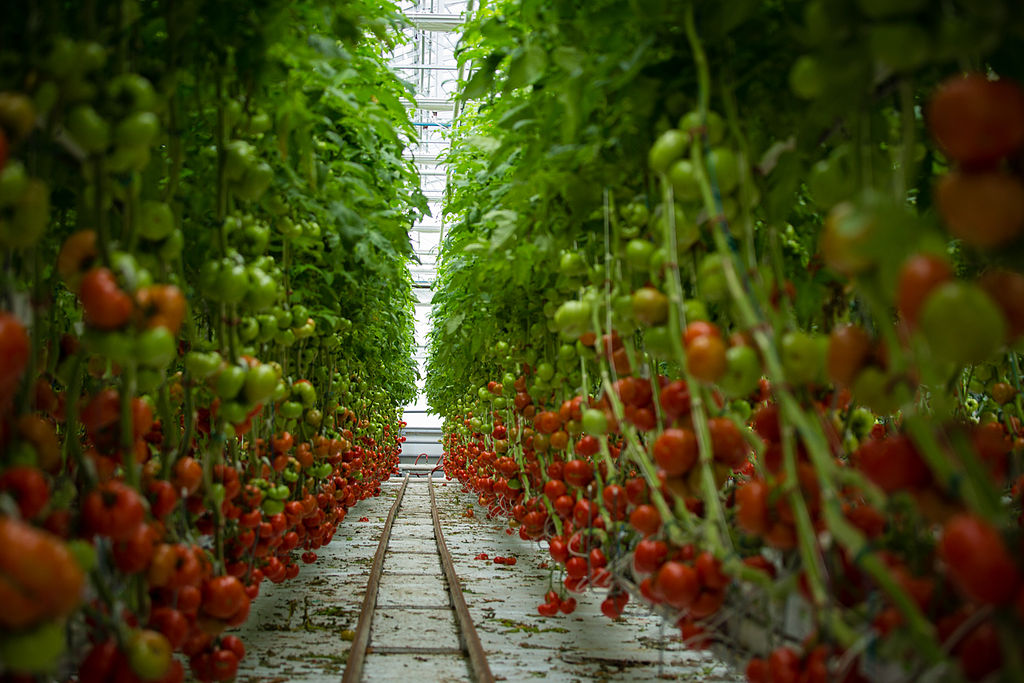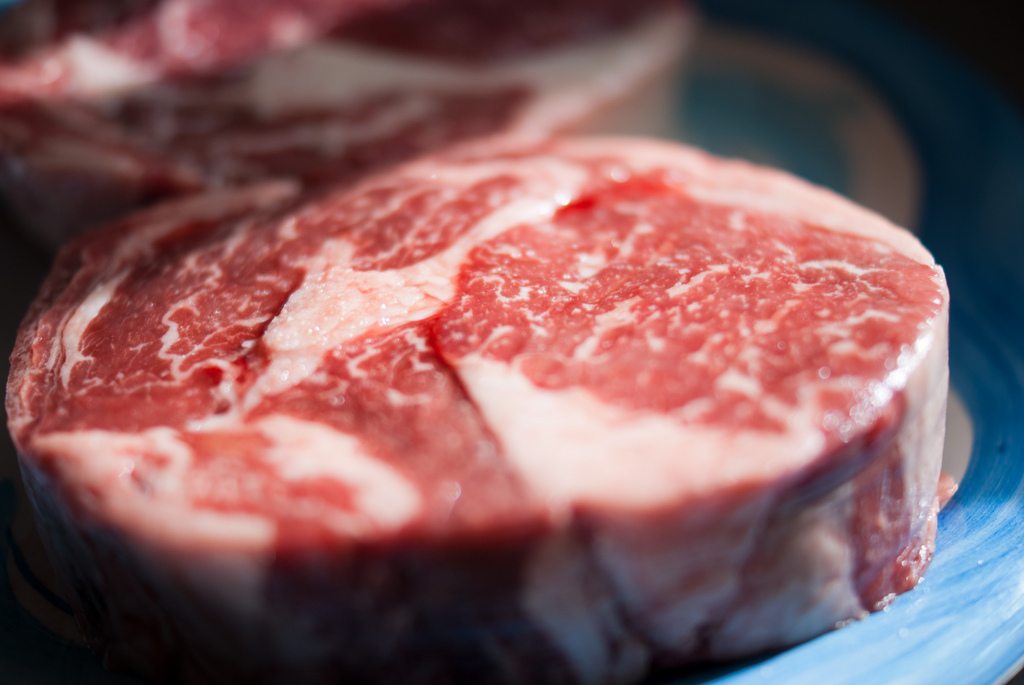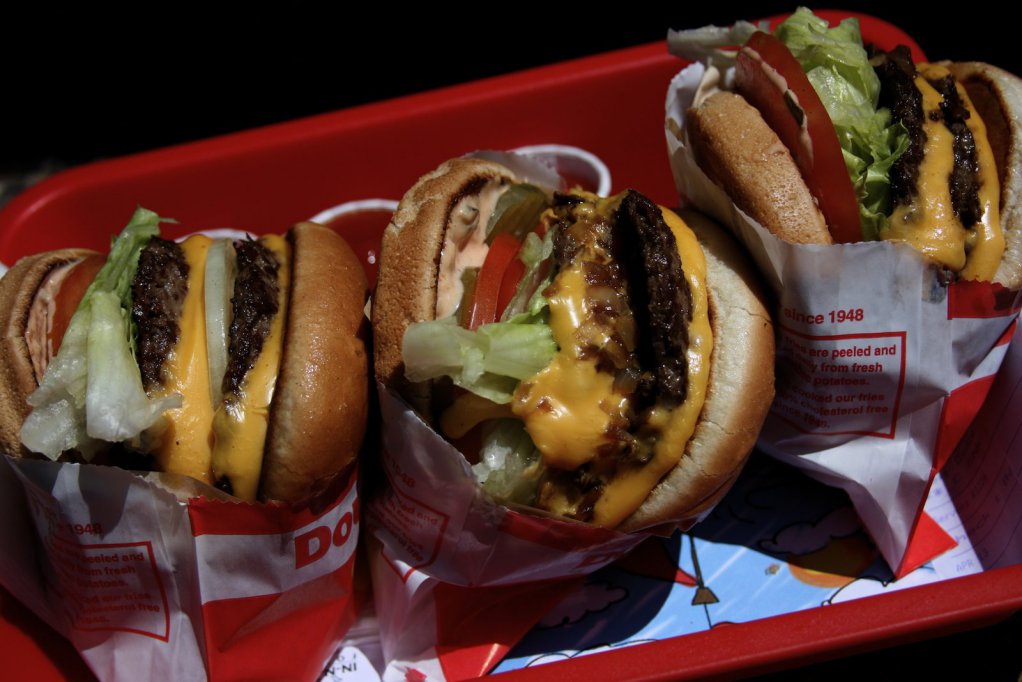New York is a city of restaurants. More than five million people go out for a meal at least once a week. And there are around 24,000 eateries in the five boroughs, all of which, in theory, should have a letter grade in the window or posted on the door indicating some level of cleanliness and health. These days, that grade is almost always an A. That means there are few health violations, like animal infestation or dirty utensils, and the ingredients aren’t out at unsafe temperatures.
If you’ve ever wondered how those grades get handed out, it’s not all backroom dealing. For the past five years, New York City’s health department has had another tool at its disposal: Yelp. That’s right. If the city sees that two or more people, within a month, have posted a nasty review with words like “sick,” or “vomiting,” or “diarrhea,” they’ll open an investigation into that restaurant. And sometimes, that leads to a health code violation.
The fact is, while the city’s health department relies on calls or online submissions to its public hotline, more and more the department is scraping Yelp for information about public health issues, like food poisoning.
The thinking behind the program is pretty straightforward. According to Vasudha Reddy, an epidemiologist with New York’s health department, and co-author of a new study, the city had reason to believe there was plenty of food poisoning incidents that people weren’t reporting.
Maybe it’s because city services have a bad reputation. Or it’s just easier—and sometimes, more lucrative—to whine on Yelp than making a few extra clicks. But either way, there was potential foodborne illness that her department wasn’t receiving. If only there was a way to capture it.
Beginning in 2011, Reddy worked with computer scientists from Columbia University to comb reviews for keywords that appeared within a specific timeframe. During a nine-month pilot period, they found 468 reviews describing something like food poisoning, only 3 percent of which had been reported to the city. After messaging the users—surprise!—and conducting follow-up phone calls, the department discovered three previously unknown outbreaks, a full 10 percent of the restaurant-associated outbreaks during that time period.
Illness aside, those bitter Yelp reviews may actually be a public service
Since the city implemented the program, it has caught 10 outbreaks, strictly from using Yelp. Reddy wouldn’t comment specifically on the kinds of outbreaks those complaints have come from, but she described them as—ahem—garden-variety gastrointestinal illnesses.
Yelp reviews trigger restaurant investigations, but it’s, of course, not the only way the health department tracks outbreaks. It also receives complaints from doctors, who are compelled to report positive E.coli cases. (Like the sole E.coli case in New York state to be connected to the romaine lettuce outbreak—yes, that one came out of New York City, says Reddy.)
Illness aside, those bitter Yelp reviews may actually be a public service. At a conference in 2014, Reddy posted a screencap of a review that the system had flagged from Joe’s Shanghai, a Chinese restaurant with three locations in the city. The poster was pretty unhappy: Six hours after a meal of dim sum, noodles, and fried dumplings, he’d “vomited profusely,” and was pretty sure it was the food that did it.
If you look up Joe’s Shanghai on New York’s restaurant inspection database, you’ll see records of improper storage, perishable food stored at unsafe temperatures, and yes, rats and roaches. But whatever ailed Jacob D. in Brooklyn was either fixed, or found to be unrelated to whatever happens in that kitchen, as indicated by the restaurant’s current rating: Grade A.
